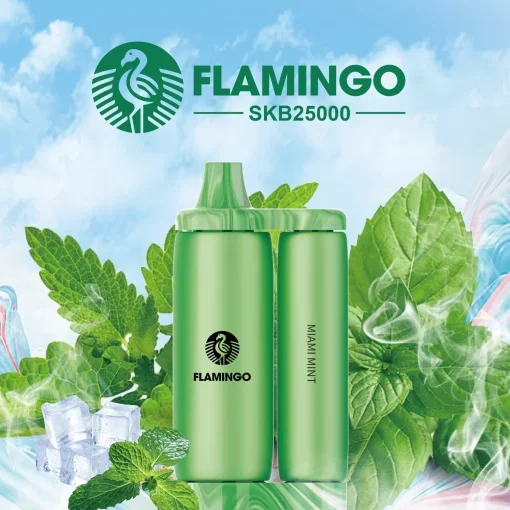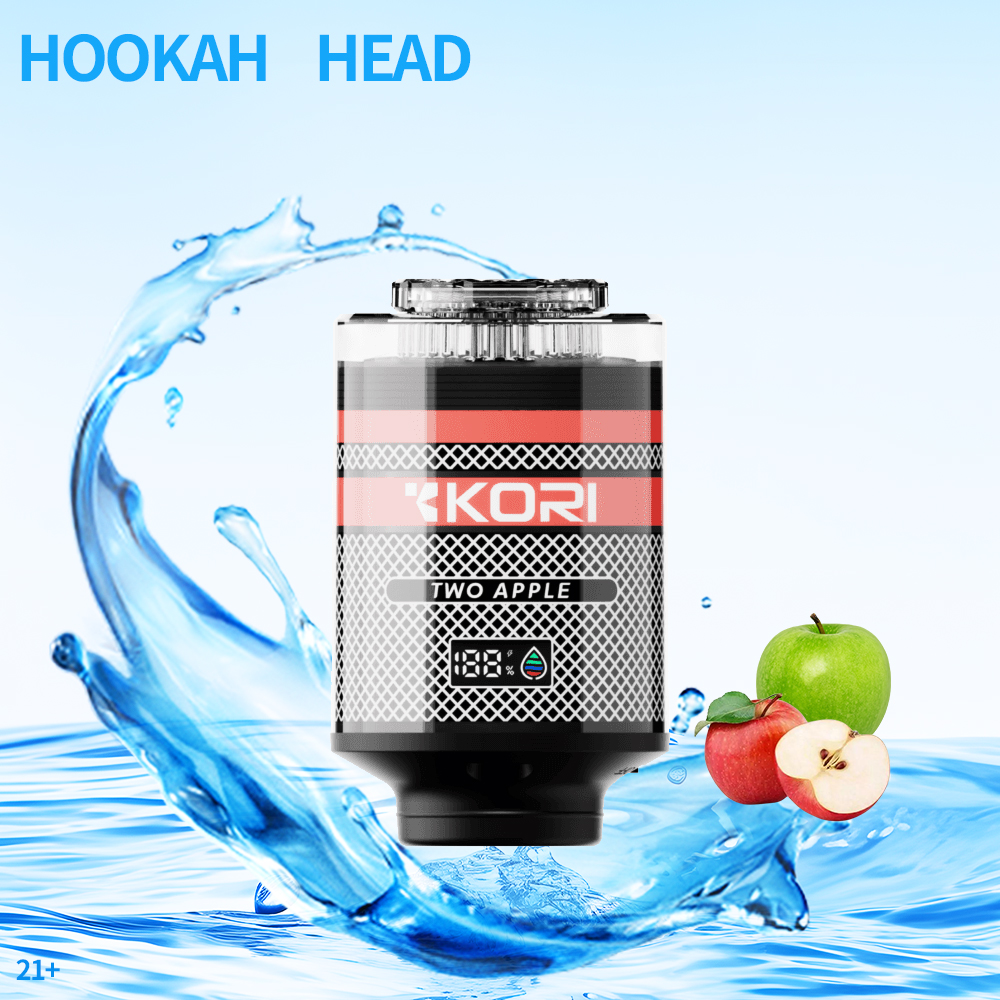The Rise of Vaping: Understanding Its Popularity and Impact in Today's Society
In recent years, vaping has emerged as a significant trend among various demographic groups, particularly among younger adults and teens. The increase in vape usage has sparked widespread discussion about its implications regarding health, culture, and regulation. This article explores the reasons behind the growing popularity of vaping, the health-related concerns associated with it, and its impact on society.
1. What Is Vaping?
Vaping is a process that involves inhaling vapor produced by an electronic cigarette or similar device. This vapor typically contains nicotine, flavorings, and other chemicals but does not include the multitude of harmful substances found in traditional tobacco smoke. Vaping devices have evolved from simple e-cigarettes to sophisticated systems like vape pens and mods, allowing users to customize their experience.
2. Factors Driving Vaping Popularity
Several factors contribute to the rise of vaping. Below are key reasons that explain its appeal:
2.1. Perceived Harm Reduction
Many individuals perceive vaping as a safer alternative to smoking. Research and multiple health organization reports suggest that while not without risks, vaping presents fewer harmful chemicals than combustible cigarettes. This perception has attracted smokers looking for a way to quit or reduce their tobacco intake.
2.2. Flavor Variety
The availability of various flavors, from fruity and sweet to savory and earthy, adds to the allure of vaping. For many users, customizing their experience through different flavor profiles is an enjoyable aspect of the practice. The diverse options have made vaping appealing to those who might not enjoy the taste of traditional nicotine products.
2.3. Social Influence and Community
The growth of vaping has also been fueled by social dynamics. Many users find a sense of community within the vaping culture, often connecting through online forums, social media, and local gatherings. Additionally, peer influence in schools, colleges, and social circles plays a crucial role in normalizing vaping among youngsters.
2.4. Marketing and Accessibility
Vape companies have implemented innovative marketing strategies that resonate with a younger audience. The use of social media influencers, attractive packaging, and targeted advertisements have made vaping products widely accessible. Promotions and discounts create additional demand, making it easier for new users to try vaping.
3. Health Effects of Vaping
While many view vaping as a less harmful alternative to smoking, it is essential to consider its potential health risks. The scientific community is continuously researching the long-term effects of vaping, revealing both known and unknown health impacts.
3.1. Risks of Nicotine Addiction
Nicotine is a highly addictive substance, and many vaping liquids contain substantial amounts of it. For young users, starting to vape puts them at risk for long-term addiction, possibly leading them back into smoking traditional cigarettes. The addictive nature of nicotine can alter brain development, particularly in adolescents, leading to increased cognitive and behavioral issues.
3.2. Respiratory and Cardiovascular Problems
Research has shown that vaping can lead to respiratory issues and may also impact cardiovascular health. Ingredients commonly found in vape liquids, such as propylene glycol and vegetable glycerin, can cause irritation to the lungs and throat. The long-term inhalation of vaporized substances raises concerns regarding chronic lung diseases and other health complications.
3.3. The Mystery of Propylene Glycol and Glycerin
While propylene glycol and vegetable glycerin are generally recognized as safe for ingestion, their effects when vaporized are less understood. Studies suggest that heating these substances can produce harmful byproducts, which may pose additional risks to lung health.
4. Regulatory Landscape
The rise of vaping has prompted varied responses from governments and health organizations worldwide. Regulations vary significantly, with some countries embracing vaping as a smoking cessation tool while others have taken a harder stance, banning flavored products or imposing strict sales regulations.
4.1. Age Restrictions
To combat rising use among minors, many areas have implemented strict age restrictions on the sale of vaping products. Age verification systems are becoming more popular in retail environments, and sales online are becoming increasingly regulated.
4.2. Flavor Bans and Marketing Restrictions
Some jurisdictions have gone as far as to ban certain flavors of e-liquids, reasoning that sweet flavors appeal to youth and contribute to increased tobacco use among adolescents. New marketing restrictions aim to curtail advertising practices that might target impressionable populations.
5. Vaping and the Future of Tobacco Use
The intersection of vaping and traditional tobacco use remains complex. As public perception shifts and research continues, the narrative surrounding vaping is likely to evolve. Some advocate for vaping as a legitimate public health strategy for reducing smoking rates, while others caution against potential pitfalls, particularly regarding youth exposure.
6. The Importance of Education and Awareness
With the increasing prevalence of vaping, education and awareness are imperative. Young people, parents, and educators must understand the associated risks and realities of vaping. Comprehensive public health campaigns focusing on harm reduction and the promotion of healthier alternatives are essential in navigating this continuously evolving landscape.
In conclusion, while the vaping phenomenon encapsulates a modern social trend, its health implications and regulatory challenges necessitate careful examination and dialogue among all stakeholders. As society grapples with this evolving landscape, it remains essential to prioritize informed decision-making and responsible use.





